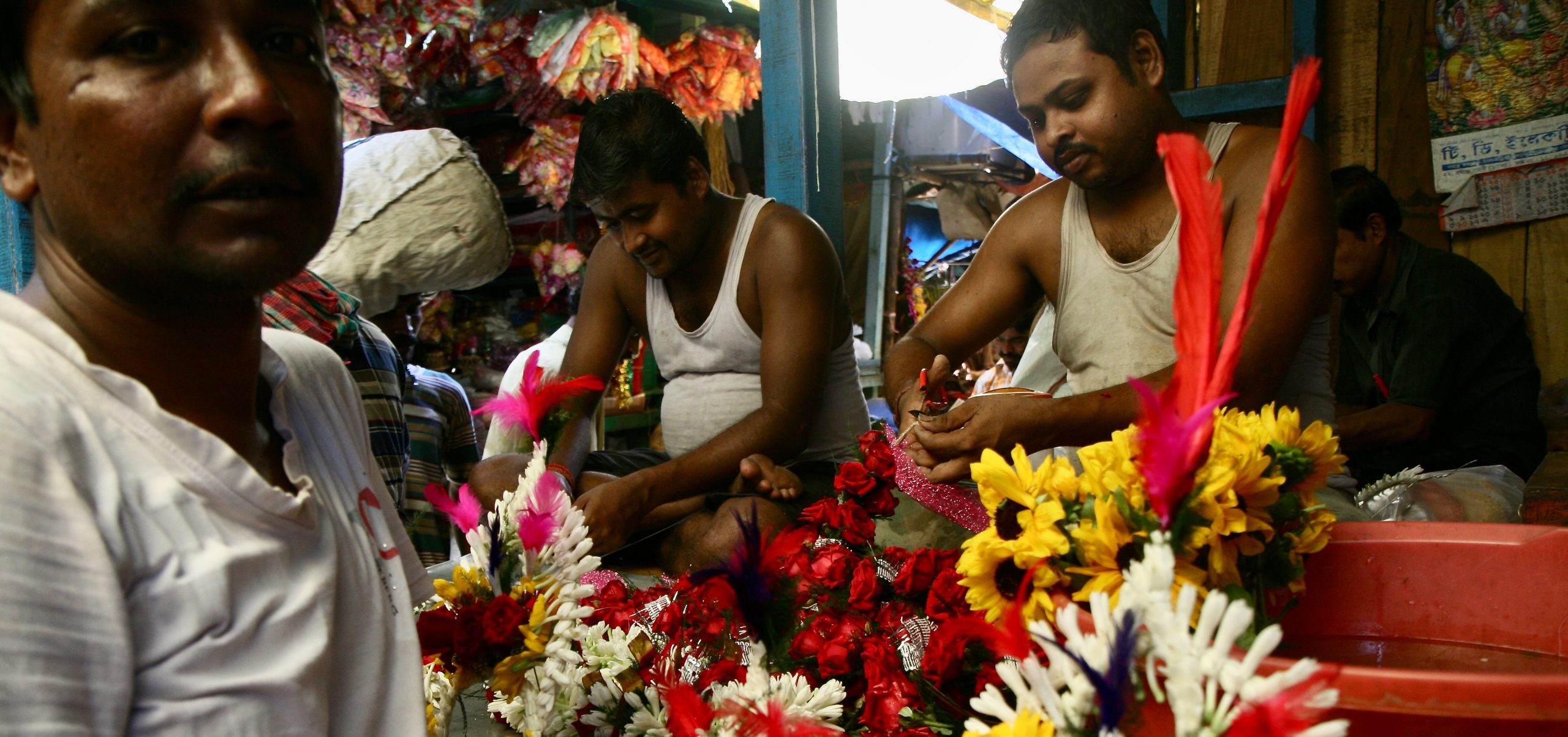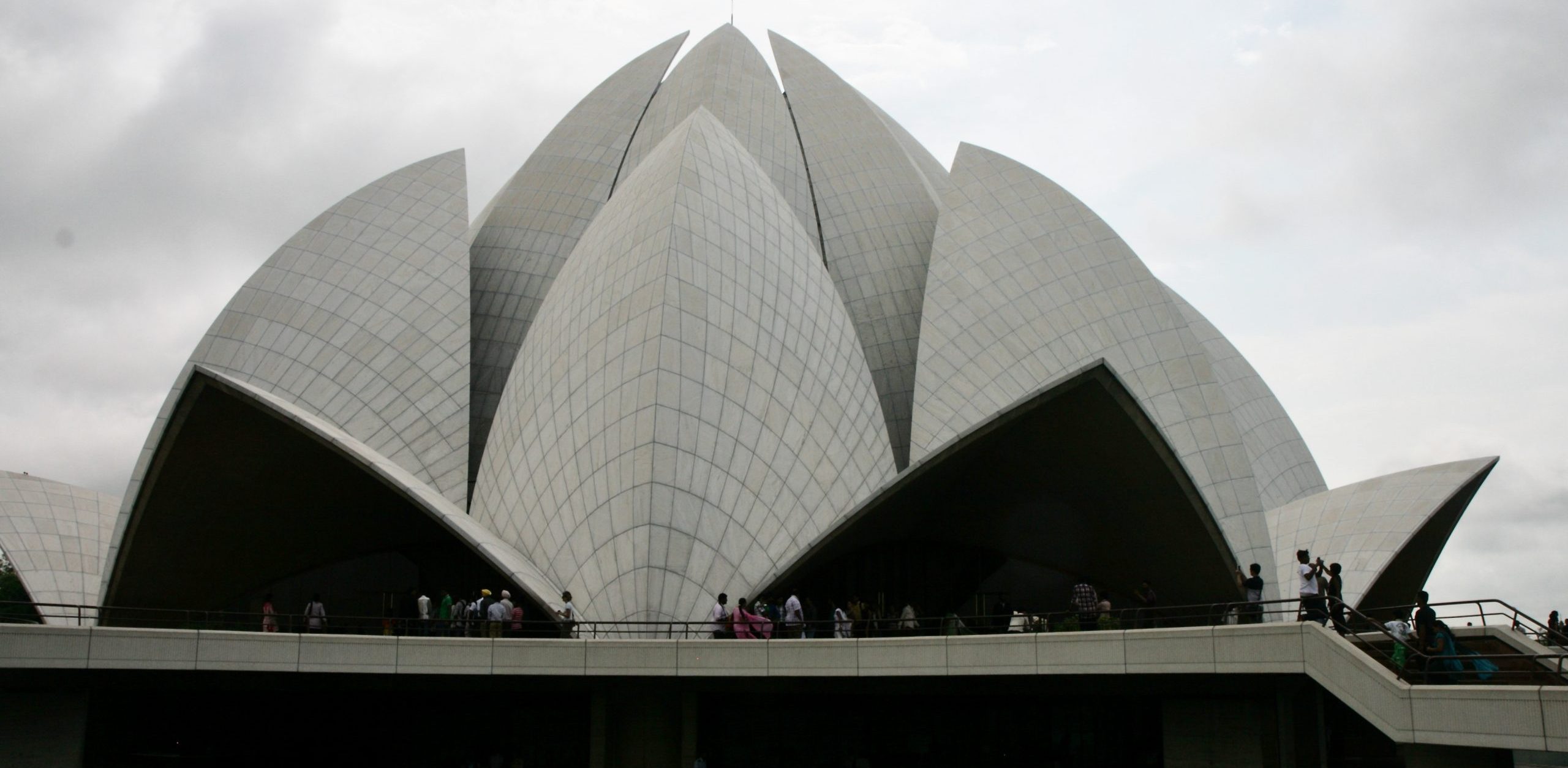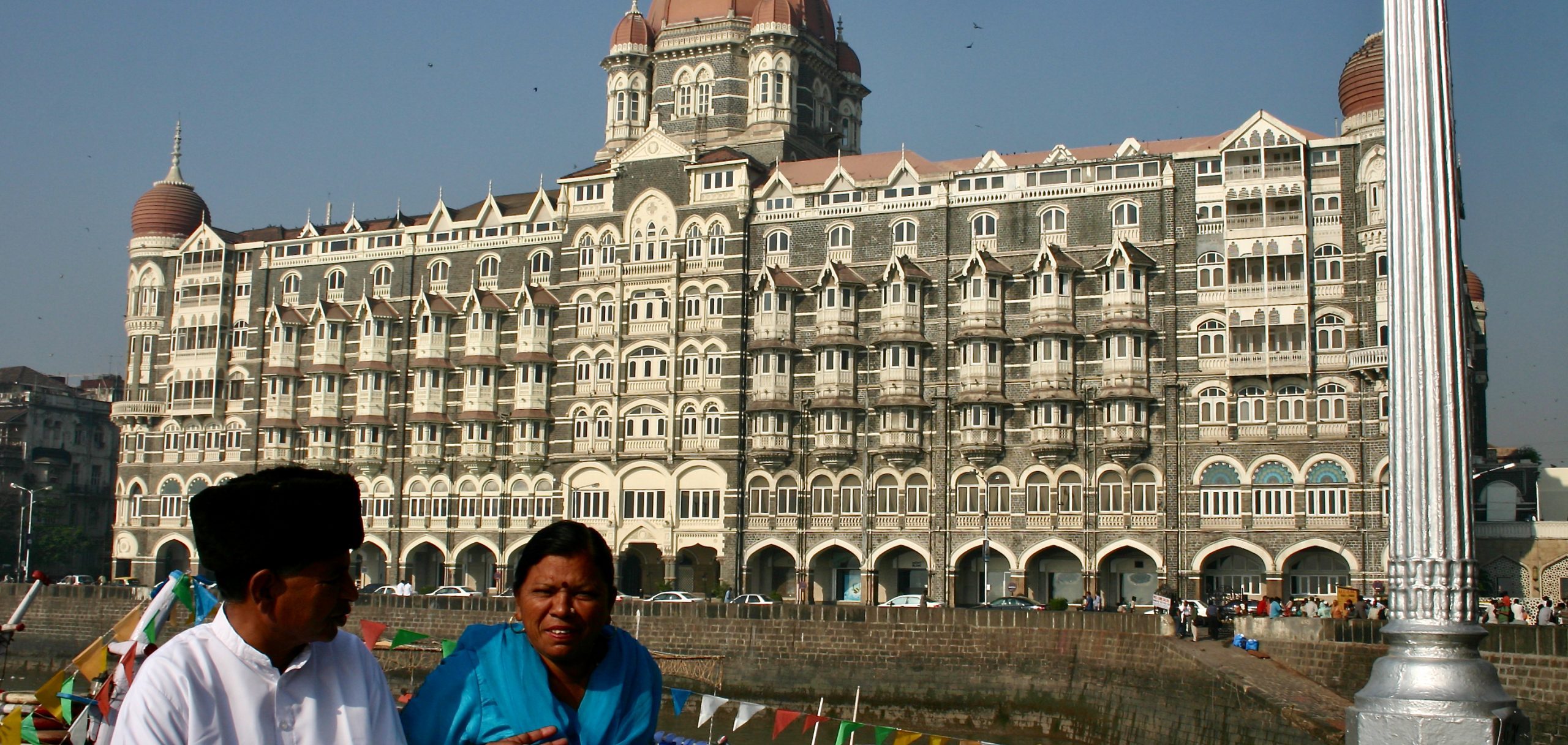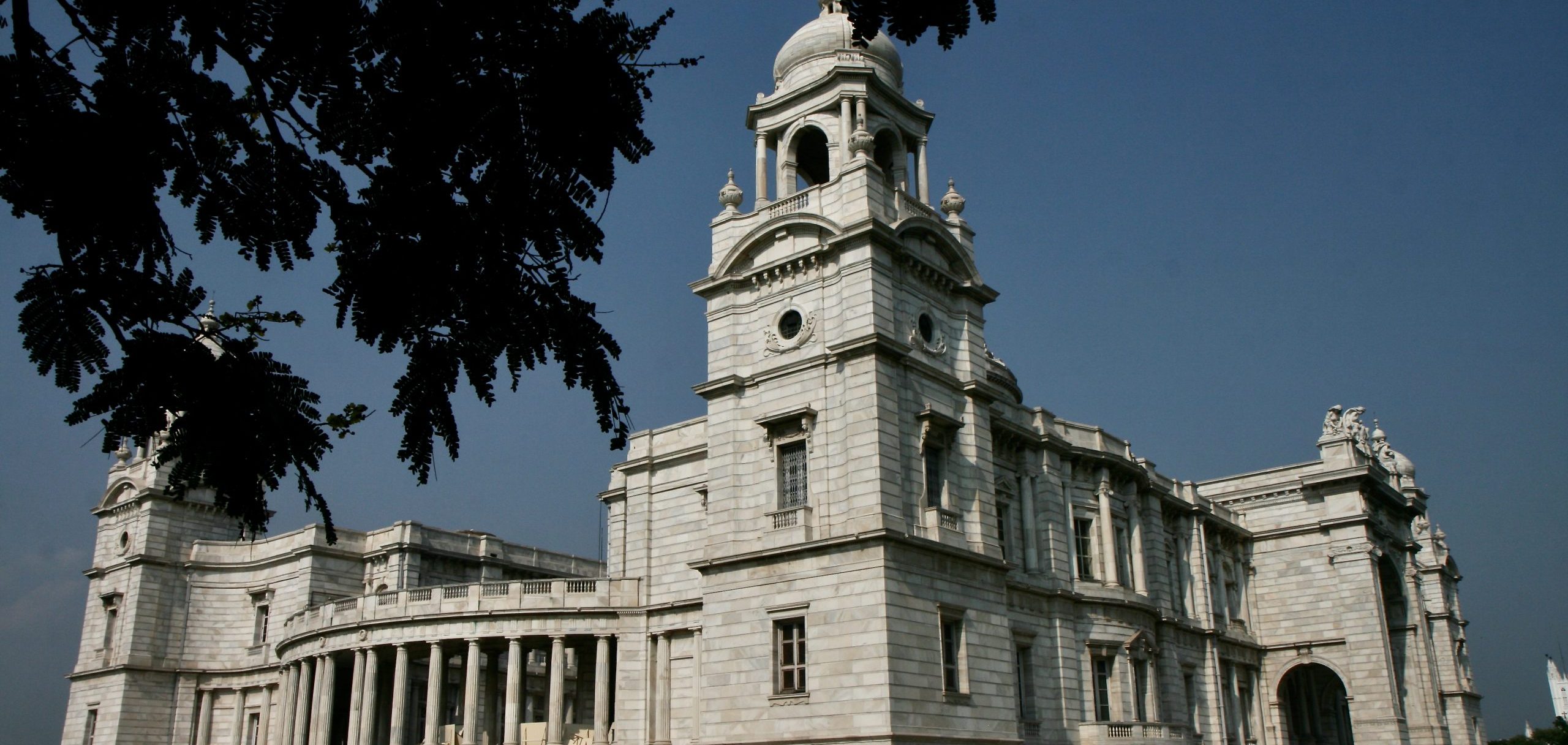DELHI-MUMBAI-KOLKATA

There is no need to mention the population figures of India’s major cities – they quickly become inaccurate anyway thanks to rapid growth. The three largest cities in India, Mumbai, Delhi and Kolkata, are home to well over 50 million people. And that is definitely worth taking a look at. Most of the time, you arrive at or depart from one of these airports – a good opportunity to take a closer look at Indian city life. In many quarters, the big cities hardly differ, but in principle they are quite different. Here we briefly introduce the three:
Delhi
Delhi is home to over 20 million inhabitants. The gap between rich and poor is striking. For people unaccustomed to Asia, the first impression is usually a shock. Apart from the crowds and the obvious poverty of many inhabitants, the heat with high humidity is perceived as very exhausting, except in winter (the hot season is between April and October). Delhi is also usually perceived as neither beautiful nor interesting at first sight. However, Delhi is usually the starting and/or end point of a trip to India.
A look behind the scenes is exciting and recommended. Besides the classic sights such as the Red Fort, the Jama Masjid, India Gate, Qtab Minar, Humayun’s Tomb and the government quarter, we recommend a visit to the Lotus Temple, the Gandhi Memorial Museum, the Lakshmi Narayan Temple, Gurudwara Shri Bangla Sahib, the Tibetan quarter Majnu-ka-Tilla, Tughlakabad Fort, Mehrauli Park, Akshardam Temple or the Lodi Gardens. In addition, very special tours have been offered for some time: Heritage Walks to the archaeological-historical rather unknown sites, Street-Food-Walks, Slum-Tours (on foot and led by the slum dwellers/street kids), bicycle tours…. So we can fill many days with many activities.
It’s also easy to go out on your own. The metro has a large network, is ultra-modern and dirt cheap. The first carriage is for women only. You can go to Connaught Place, for example, and stroll around there.
Of course, Delhi is also a shopper’s paradise. Besides the public shops, where hard bargaining is the order of the day, there are also state-run department stores with fixed prices. Something very special is the Dilli Haat. Modelled on village markets, a kind of small village has been set up here where you can watch the craftsmen at work and buy the resulting products. There are also stalls everywhere with dishes from all over India. Cultural demonstrations round off the programme. If you like, we can also provide you with a shopping guide.
A German-speaking guide can also be booked.
For accommodation, we recommend some middle-class accommodation in the relatively quiet central district of Karol Bagh, homestays with a few rooms with nice families or special stylish luxury hotels. New are the accommodations in the Aerocity near the airport. From here, it is a stone’s throw to the city centre with the airport metro. We are also happy to reserve a room for you in any desired accommodation in Delhi.

Mumbai
Mumbai is gigantic. Soon 30 million people make it one of the largest metropolitan regions in the world. Traversing the city by car can take a whole day, also because of the heavy traffic. Fortunately, the most important sights are quite concentrated. Mumbai has the largest slum in Asia, Dharavi spreads over 2 square kilometres. Here, tours are also offered by the residents. However, Mumbai is also India’s financial metropolis – this is where the money sits and multiplies. It needs living space, luxurious spacious buildings for the elite, but also the simplest shelters for the poor. And despite the sprawl, there is renewal and densification everywhere. The Parsees are considered skilful traders and so there is also a large community here. Their towers of silence, where the corpses are offered to the vultures for food, are located on Malabar Hill (there are also the Hanging Gardens, a work of horticultural art).
Besides finance, this is also the home of Bollywood. You can book half-day or full-day tours of the Bollywood studios (unfortunately not cheap).
If it’s too hot or raining, there are museums and galleries to visit. Or you can visit the Crawford Market, which is located in a British-style hall.
In addition, there is of course Marine Drive on the waterfront for strolling, various city districts, other architectural highlights, important cities of various religious communities, markets, parks and Juhu Beach – you definitely won’t get bored in Mumbai!
And if you want to get out of the city, a day trip takes you by boat to Elephanta Island to visit the temple caves there.

Kolkata
Kolkata is “only” the seventh largest city in India, but its metropolitan area puts it in third place. As a base of the British East India Company, it gained greater importance at the end of the 17th century. The British legacy is also more dominantly visible than in other places in India.
Kolkata is consistently hot – but quite bearable in winter with lower humidity and somewhat lower temperatures. The British suffered from the fierce summer climate and, if feasible, retreated to the mountains in Darjeeling and the surrounding area. Hence, Kolkata also serves us as a starting or ending point for a trip to Darjeeling/Sikkim. Another nearby attraction are the seven sister states in eastern India (Arunachal Pradesh, Nagaland, Manipur, Assam, Meghalaya, Mizoram and Tripura) and the Sundarbans, the largest mangrove forests in the world in the estuary of the Ganges, Brahmaputra and Meghna.
Kolkata is the home of Indian intellectuals and artists. Theatre, music, film, galleries, painting, sculpture, literature, dance, concerts, festivals – there is much to see here. What interests you in particular? Kolkata is as famous for being the home of Rabindranath Tagore as it is for being the place of Mother Teresa’s work. There are museums of both. The special architecture can be seen everywhere, trams and rickshaws pulled by people are other special features. You quickly realise that Kolkata is a special city with a special atmosphere than other Indian cities.
There are many features to visit such as the flower market, the Marble House, a colourful Jain temple, the book market, the huge Indian Museum (one of the largest in Asia) and the Maidan Park. And a visit to the city becomes very special during the Durga Puja (5 days in October), the Dover Lane Music Festival or the Kolkata Film Festival. We would be delighted to bring Kolkata closer to you!

